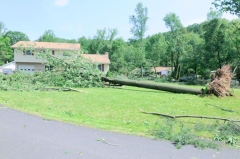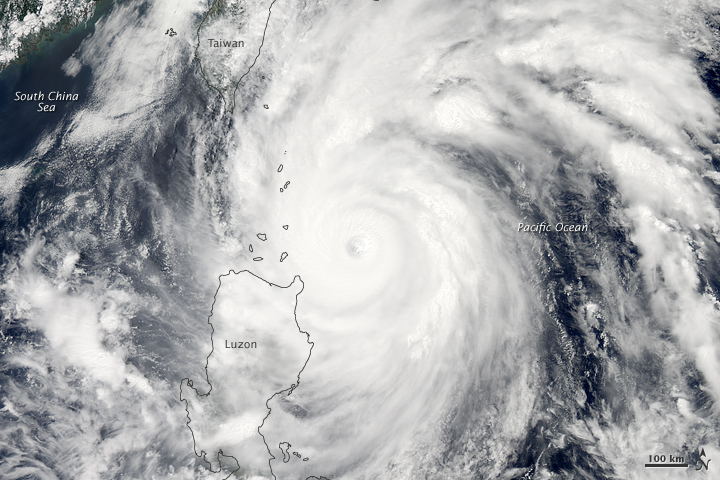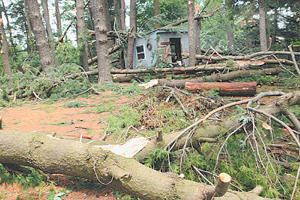Cressona, Pennsylvania - For the second time this week, a tornado touched down in Schuylkill County.

© Nick Meyer/Republican HeraldA tree lies across the front lawn of the property at 1035 Woodland Drive, North Manheim Township, on Friday after a tornado tore through the area Thursday night.
Just three days after the "Lewistown Valley Tornado," a 95-mph EF-1, zoomed through Walker Township on Monday, the "Schuylkill Haven Tornado," a 110-mph EF-1, uprooted trees, knocked down power lines and damaged more than 20 homes along an 18-mile strip from Cressona to West Penn Township, according to the National Weather Service.
"Damage was pretty extensive. Four of those homes had major damage. There were a dozen barns and outbuildings that were also damaged," Greg DeVoir, a meteorologist with the NWS, State College, said Friday evening.
The tornado touched down in North Manheim Township, a half-mile west of Cressona, at 8:15 p.m. Thursday. It bobbed up and touched down numerous times as it continued east, DeVoir said. The tornado was 200 yards wide at its greatest width and its path ended at Leibeyville in West Penn Township at 8:35 p.m.




Comment: It would appear that there is a pattern emerging. One that will not be turned around nor easily understood by our presenty accepted scientific minds.
Forget About Global Warming: We're One Step From Extinction!